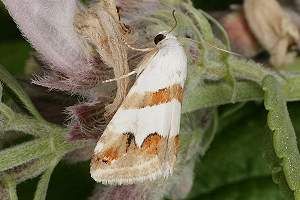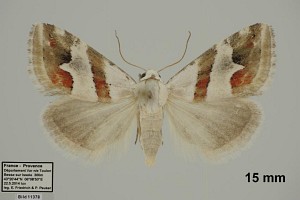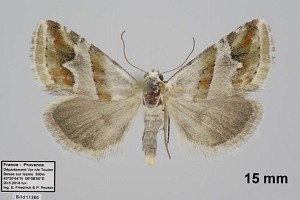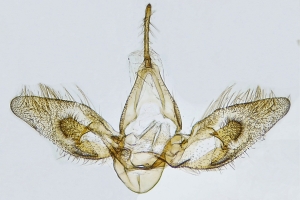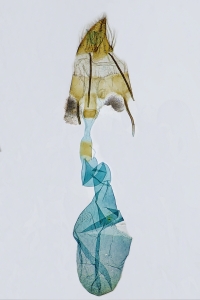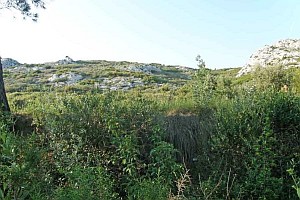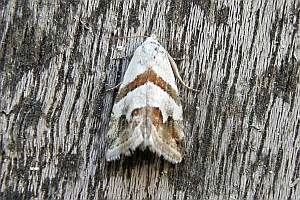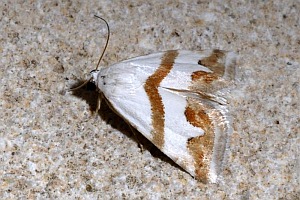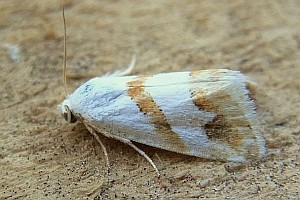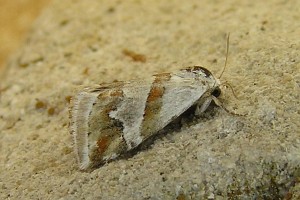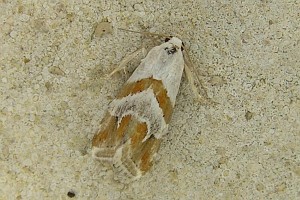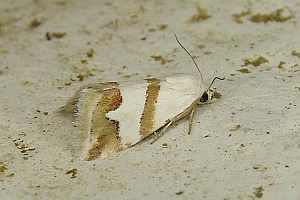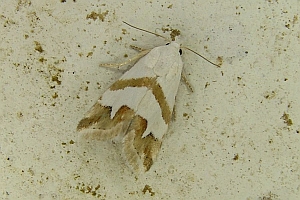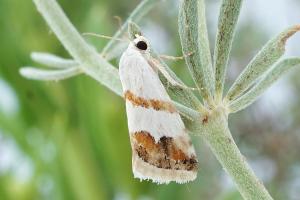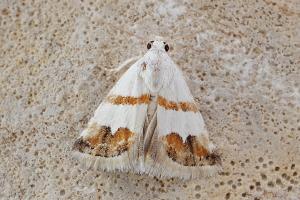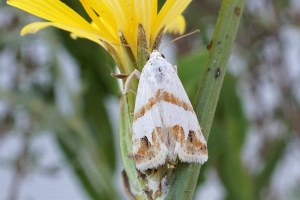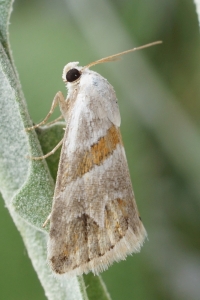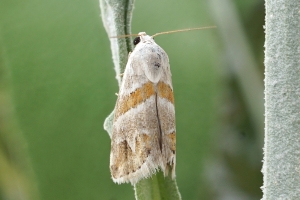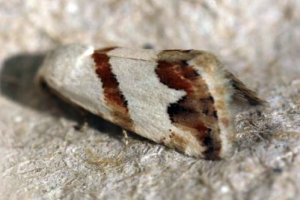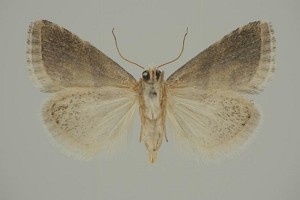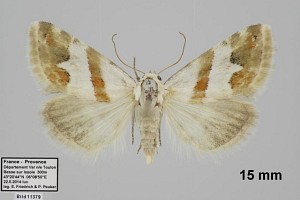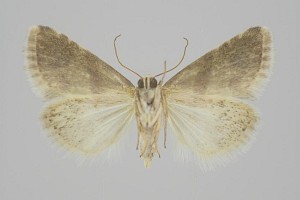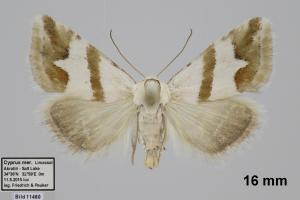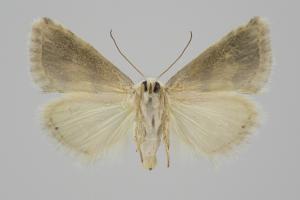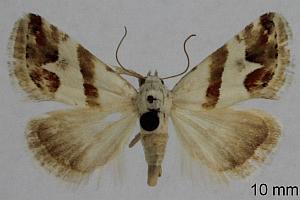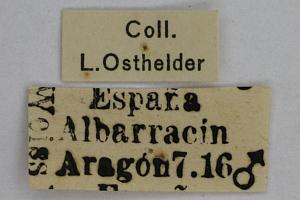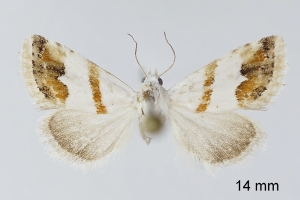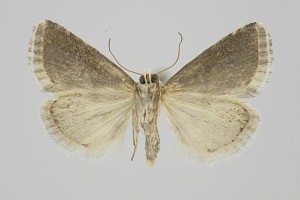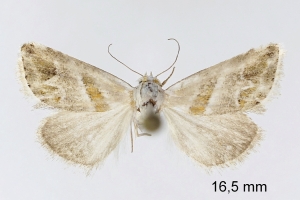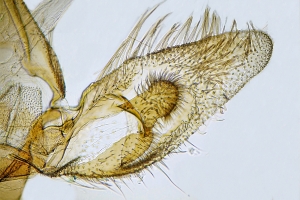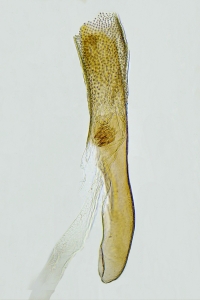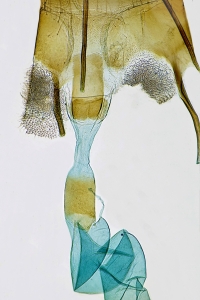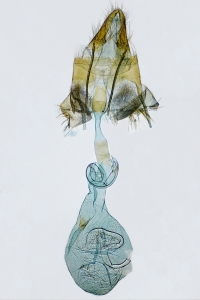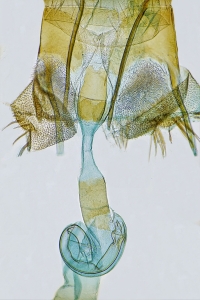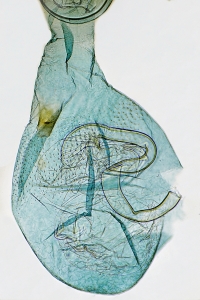Länder:

 +19Kontinente:EUAS
+19Kontinente:EUAS


 +19Kontinente:EUAS
+19Kontinente:EUASNeues Layout der Navigation (Beta Test)
LebendfotosDiagnoseGenitalienBiologieWeitere InformationenEtymologie (Namenserklärung)Andere KombinationenSynonymeTaxonomieFaunistikLiteraturInformationen auf anderen Websites (externe Links)
1. Lebendfotos
1.1. Falter
1: Frankreich, Alpes-Maritimes, Saorge, Vallone de la Bendola, 450 m, 43° 58' 52'' N, 7° 33' 46'' E, 12. August 2007, Lichtfang (Aufnahme: Axel Steiner), det. Axel SteinerForum
2: Frankreich, Bouches-du-Rhône, Provence, Mausanne-les-Alpilles, 200 m, 28. Mai 2012, am Licht (det. & fot.: Helmut Kaiser), conf. Michel KettnerForum
3: Zypern, Bezirk Paphos, westlicher Teil (bei Polis), 100 m, gebüschreiches Gelände, 26. Mai 2013, am Licht (Foto: Mike Hardman), det. Egbert FriedrichForum
4: Frankreich, Dép. Bouches-du-Rhône, Alpilles, Eygalières, 220 m, 19. Juli 2013, Lichtfang (det. & Foto: Florian Nantscheff)Forum
5-6: zwei ♂ ♂, Frankreich, Provence, Département Var, nördlich Toulon, westlich Besse-sur-Issole, 300 m, 20. Mai 2014, Lichtfang (leg., det. & fot.: Egbert Friedrich)Forum
7-8: ♂, Zypern, Limassol, Akrotiri, Salzsee, 0 m, 11. Mai 2015, Lichtfang (leg., det. & fot.: Egbert Friedrich)Forum
9-10: Spanien, Provinz Lleida, Umgebung Solsona, 602 m, am Licht, 21. August 2016 (leg., det. & Foto: Friedmar Graf)Forum
11: ♂, Spanien, Provinz Lleida, Umgebung Solsona, 602 m, 21. August 2016, am Licht (leg., gen. det. & fot.: Friedmar Graf)Forum
12-13: ♀, Spanien, Andalusien, Provinz Malaga, Refugio de Juanar, 660 m, 36.586999, -4.869087, 4. Juni 2018, am Licht (leg., gen. det. & fot.: Friedmar Graf)Forum
14: Spanien, Andalusien, Provinz Cádiz, Sanlúcar de Barrameda, Pinar de la Algaida, 13 m, 17. Juli 2021 (det. & fot.: Manuel Pozas)Forum
2. Diagnose
2.1. Männchen
1-6: drei ♂♂, Daten siehe Etikett (coll. & Fotos: Egbert Friedrich)
7-8: ♂, Daten siehe Etiketten (fot.: Michel Kettner), coll. ZSM
9: ♂, Spanien, Provinz Lleida, Umgebung Solsona, 602 m, 21. August 2016, am Licht (leg., gen. det. & fot.: Friedmar Graf)Forum
2.2. Weibchen
1-2: ♀, Daten siehe Etikett (coll. & Fotos: Egbert Friedrich)
3: ♀, Spanien, Andalusien, Provinz Malaga, Refugio de Juanar, 660 m, 36.586999, -4.869087, 4. Juni 2018, am Licht (leg., gen. det. & fot.: Friedmar Graf)Forum
2.3. Genitalien
2.3.1. Männchen
1-3: ♂, Spanien, Provinz Lleida, Umgebung Solsona, 602 m, 21. August 2016, am Licht (leg., gen. det. & fot.: Friedmar Graf)Forum
2.3.2. Weibchen
2.4. Erstbeschreibung
1: Fabricius (1794: 245) [nach Copyright-freiem Scan auf www.biodiversitylibrary.org]
3. Biologie
3.1. Habitat
1: Garrigue inmitten von Kalkfelsen, Frankreich, Bouches-du-Rhône, Maussane-les-Alpilles, ca. 130 m, 29. Mai 2012 (Foto: Helmut Kaiser)Forum
4. Weitere Informationen
4.1. Etymologie (Namenserklärung)
„candidus weiß schimmernd.“
4.2. Andere Kombinationen
- Pyralis candidana Fabricius, 1794 [Originalkombination]
4.3. Synonyme
- Phalaena pulchralis de Villers, 1789
- Eublemma pulchralis (de Villers, 1789)
- Noctua minuta Hübner, [1809]
- Tortrix perlana Hübner, [1830]
- Erastria skafiota Freyer, 1845
- Thalpochares rectifascia Joannis, 1909
4.4. Taxonomie
Früher in Unterfamilie Eustrotiinae. Fibiger et al. (2010) verwerfen den älteren Namen Eublemma pulchralis (De Villers, 1789) als nomen oblitum.
4.5. Faunistik
Falck & Karsholt (2022: 148) melden die Art erstmalig für die Kanarischen Inseln, gehen aber nicht von Bodenständigkeit aus: "Material examined: SPAIN, T ENERIFE , La Cuesta, 1 0, III-1924, leg. H. P. Duurloo, genitalia slide 3818 M. Fibiger (ZMUC). New to the Canary Islands. [...] Remarks: The record of E. candidana from the Canary Islands is probably due to accidental introduction or migration, as the species has not been found on the islands for almost a hundred years."
(Autor: Erwin Rennwald)
4.6. Literatur
- Erstbeschreibung: Fabricius, J. C. (1794): Entomologia systematica emendata et aucta. Secundum classes, ordines, genera, species adjectis synonimis, locis, observationibus, descriptionibus 3 (2): 1-349. Hafniae (C. G. Proft, Fil. et Soc.). — Digitalisat der Bayerischen Staatsbibliothek München: [245].
- Falck, P. & O. Karsholt (2022): New data on Noctuoidea from the Canary Islands, Spain (Lepidoptera: Noctuoidea). — SHILAP Revista de Lepidopterología 50 (197): 145-165. [PDF auf researchgate.net]



















